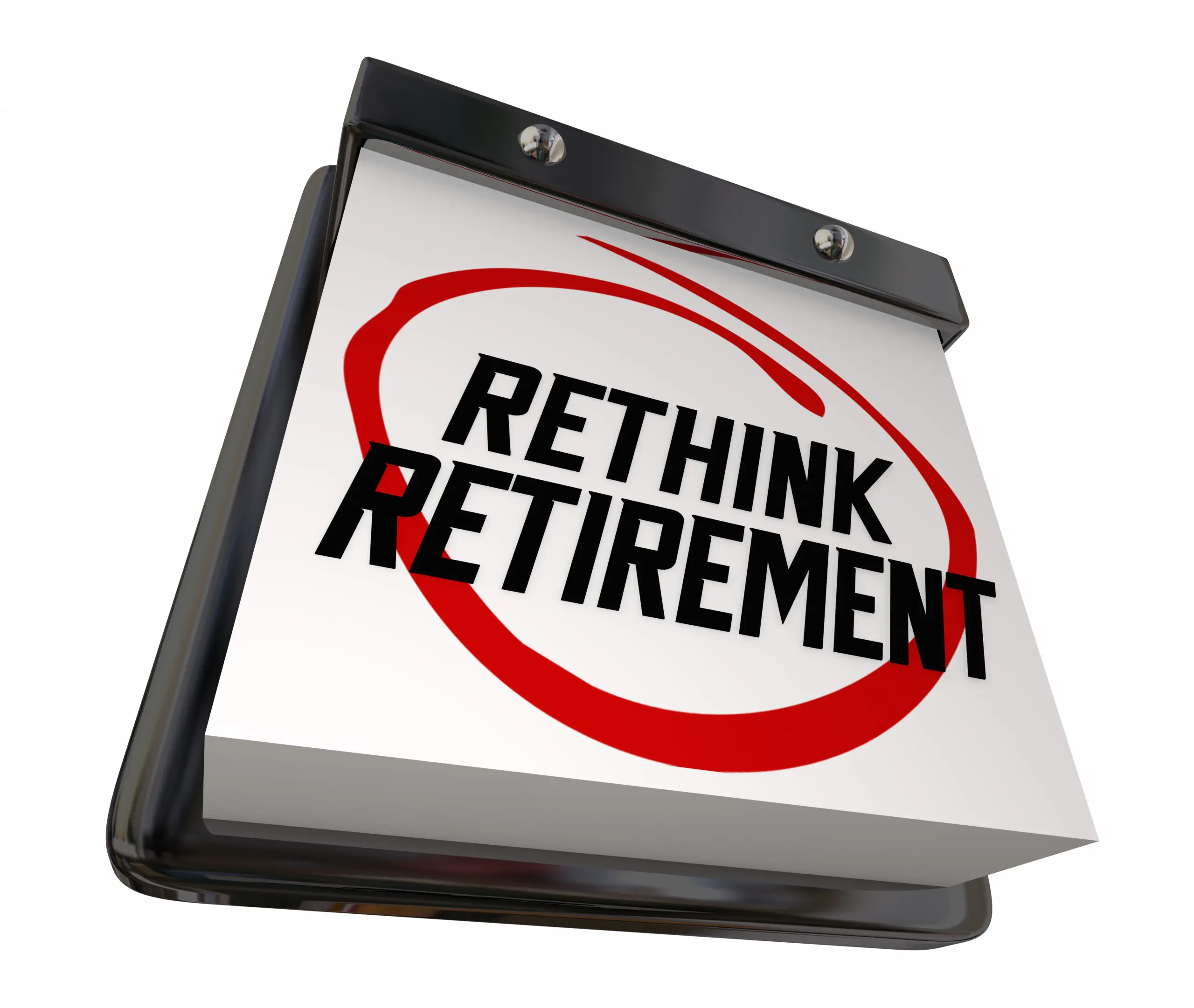
The retirement planning landscape is rapidly evolving in today’s world. We are grappling with the challenges of an aging population, an uncertain social security future, and financial instability risks. These issues prompt a critical reevaluation of our financial future strategies. Self-directed IRAs offer exciting benefits, but we must also explore broader retirement planning contexts and strategies to reduce risk in the coming years.
Addressing the Aging Population Challenge
The U.S. faces a significant retirement planning challenge with approximately 76.4 million Baby Boomers, aged 59-68. Their retirement puts a noticeable strain on social security and pension systems. With more retirees and fewer workers, these programs’ sustainability is at risk, potentially leading to a shortfall in our social safety nets.
In 1940, the worker-to-retiree ratio was 42-to-1. Today, it’s 3-to-1, and predictions for 2050 show a decline to 2-to-1. This shift poses substantial financial stability challenges at individual and societal levels, with fewer workers supporting more retirees and numerous pension programs failing.
Taking Personal Responsibility
To mitigate this risk, we need to understand that social security, while a safety net, shouldn’t be our only retirement income source. Personal responsibility in financial well-being is crucial. We must seek alternative ways to enhance our retirement savings.
Self-Directed IRAs: An Innovative Approach
Self-Directed IRAs (SDIRAs) revolutionize retirement planning by allowing diversification beyond traditional stocks and bonds. This diversification provides a buffer against market volatility and inflation, preserving the purchasing power of retirement savings. Investing in alternative assets like real estate, precious metals, or private equity can yield higher returns and protect against economic uncertainties, aligning with the principle of personal responsibility in retirement planning.
A Holistic Retirement Strategy
While SDIRAs are beneficial, they’re only a part of the retirement puzzle. A comprehensive retirement strategy should include:
1. Emergency Funds: An emergency fund acts as a backup, preventing premature retirement savings withdrawal during financial crises.
2. Debt Management: Eliminating high-interest debt before retirement frees up income for saving and investing.
3. Lifestyle Adjustments: Openness to lifestyle changes, such as downsizing or part-time work, can extend your retirement savings.
4. Professional Advice: Self-directed IRA providers are not fiduciaries and do not offer investment advice. Consult a financial advisor specializing in retirement planning for personalized strategies, including life insurance, annuities, and index funds.
5. Real Estate Holdings: Rental income and home equity can enhance retirement cash flow, offering tax benefits and inflation protection.
Concluding Thoughts
Self-directed IRAs are a key tool in retirement planning, but addressing the challenges of an aging population and uncertain social security requires a broader approach. Embracing personal responsibility, recognizing traditional methods’ limitations, and exploring innovative strategies like SDIRAs and Self-Directed 401(k)s are essential.
Today’s retirement planning landscape demands adaptability and forward-thinking. While self-directed retirement accounts are crucial for diversifying your portfolio and mitigating risk, they should be part of a comprehensive plan that considers all factors. A holistic approach to retirement planning enables us to confidently face future uncertainties and ensures a stable, fulfilling retirement.
Contact us at uDirect IRA Services, LLC to learn more at info@uDirectIRA.com

